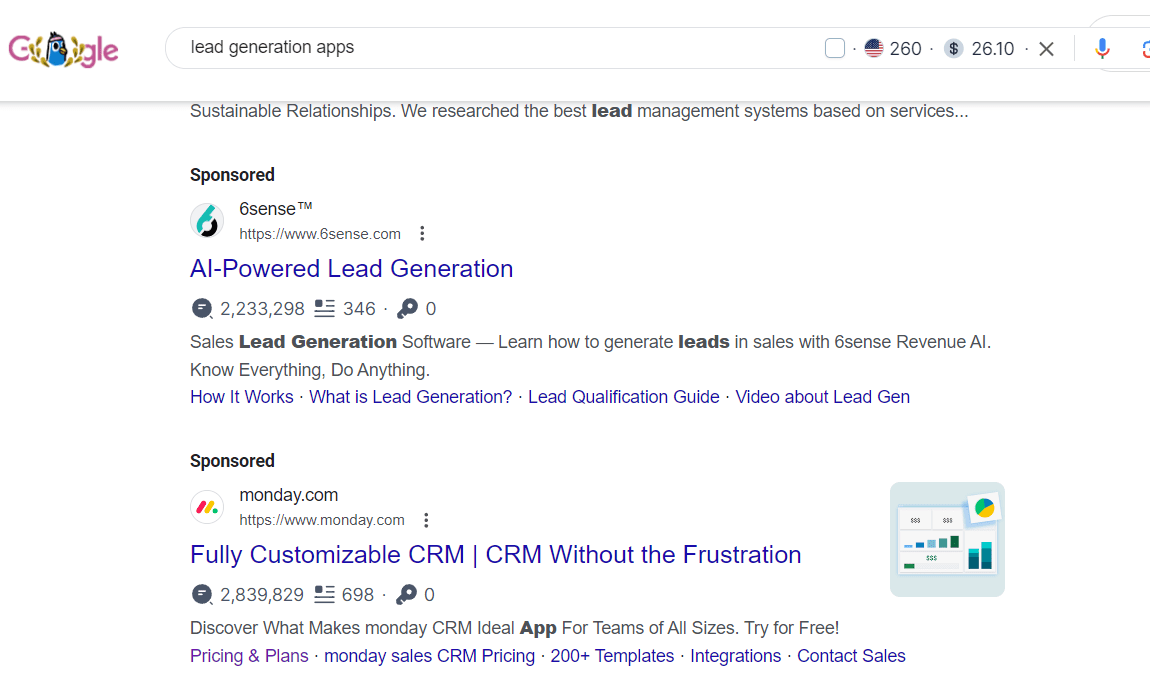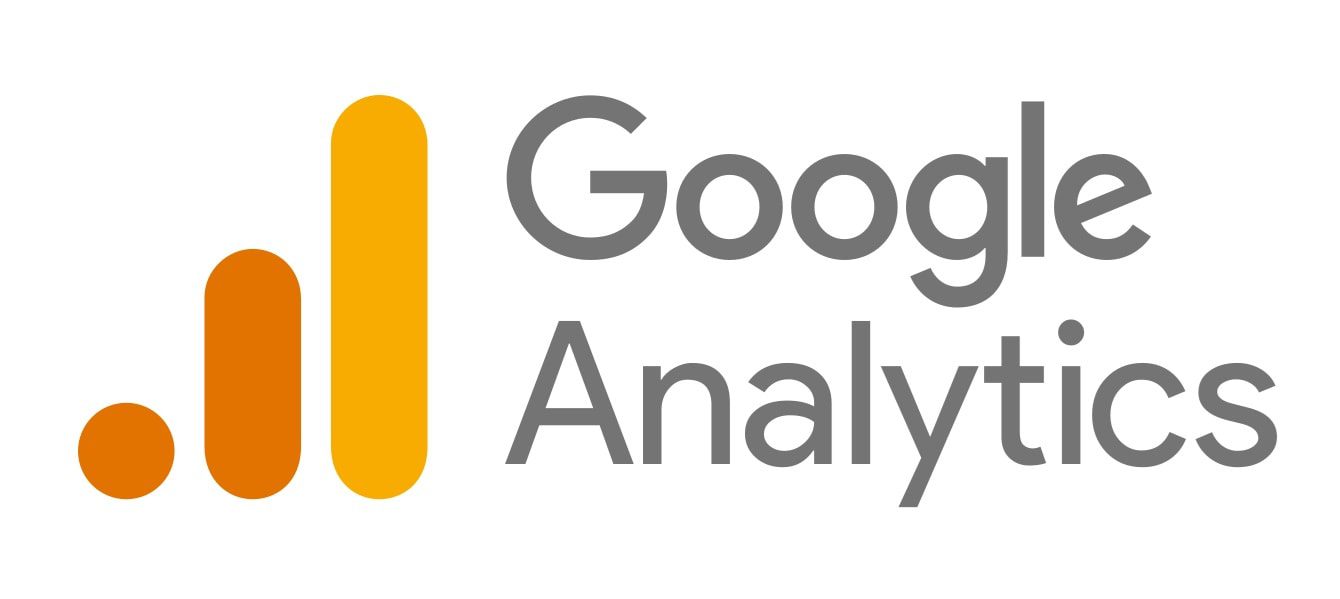Writing a good Google Ad is crucial for driving conversions and maximizing your ad budget. This article’ll explore practical tips for creating effective ads, from targeting the right audience to crafting compelling headlines and optimizing landing pages.
Key Takeaways
Align your ad messages with user search intent and include relevant keywords to boost click-through rates.
Utilize compelling headlines, a solid call to action, and ad extensions to enhance visibility and engagement.
Continuously test, monitor performance, and optimize landing pages to maximize conversions and improve ad effectiveness.
How to Write a Good Google Ad: Best Practices & Tips for High Conversion
Creating effective Google Ads is an art that blends understanding user intent with strategic keyword placement. Your ad message should align with the user’s search intent and specific needs. Imagine a user searching for “affordable running shoes.” You’re already on the right track if you write Google ads with a headline that reads “Buy Affordable Running Shoes Today!” while writing Google ads copy.

Relevance ensures clicks. Include keywords matching user searches to reflect their intent. For instance, if the keyword “best running shoes for beginners” is in your ad copy, users will immediately feel they’re in the right place.

A clear call to action (CTA) like “Shop Now,” “Learn More,” or “Get Started” effectively guides potential customers. Ensure the CTA is compelling and relevant to the user’s intent.
Using keyword insertion can further enhance your ad’s relevance. This feature tailors your ad headlines to match search terms, making your ad appear more personalized and increasing the likelihood of a click. Reflecting the specificity of the customer’s search query improves conversion chances.

Understand Your Audience
Understanding your audience is the cornerstone of any successful marketing campaign, including Google Ads. Align your ad messages with the user’s search intent and specific needs. This alignment boosts click-through rates and ensures your ads resonate with the target audience.
Including matching keywords in your ad copy is crucial. Seeing their search terms reflected, potential customers feel understood by your business. This relevance is key to making your ads more effective and driving conversions.
A clear call to action (CTA) like “Buy Now,” “Learn More,” or “Contact Us” directs potential customers towards the desired action, making your ad more compelling.
Reflecting the specificity of the customer’s search query in your ad copy improves relevance and conversion chances. If someone searches for “best budget laptops,” ensure your ad headline and description directly address this query. By doing so, you make it clear that your ad is exactly what the user is looking for, increasing the likelihood of a click and conversion.
Conduct Thorough Keyword Research
Thorough keyword research is essential for successful Google Ads campaigns. Keywords bridge what users search for and what your business offers. Selecting the right keywords ensures your ads are relevant to your target audience and appear in the right search results.
Keywords are words or phrases that match what a searcher wants. Using the right keywords increases the ad’s relevance to the target audience, making it more likely that they will click on your ad. When selecting keywords, consider using a mix of negative, phrase match, broad match, and exact match keywords to cover a wide range of search intents.
Adjust your keyword strategy based on performance metrics by regularly adding, removing, or modifying keywords to improve relevance and performance. This ensures that your ads are always aligned with what potential customers are searching for.
Consider the search intent behind keywords. Different intents, like “buy running shoes online” versus “best running shoes reviews,” require tailored ad copy and landing pages to meet specific needs.
Crafting Compelling Headlines
Crafting compelling headlines is an art that can significantly impact the success of your Google Ads. The headline is often the first thing a user sees, so it needs to capture their attention immediately. Maximize the character limit for Google Ads headlines to deliver a clear and impactful message.

Avoid repetitive language to keep headlines engaging. Focus on including target keywords that align with user search intents. This improves ad performance and makes your ads more relevant to potential customers.
Specific numbers and prices in your headlines effectively capture user attention. For instance, “Running Shoes from $29.99” is more likely to grab attention than “Affordable Running Shoes.” Including the search term in your headlines can also significantly improve ad performance by making your ads more relevant to the user’s search query.
Emphasize unique selling points in your headlines to distinguish your offerings from competitors. Highlighting unique features can increase click-through rates and attract more potential customers. For instance, a headline like “Eco-Friendly Running Shoes for All Terrains” can stand out in a crowded market.
Writing Effective Description Copy
Compelling description copy persuades potential customers to click on your ads. A clear call to action (CTA) guides users towards desired behavior, like purchasing or signing up for a newsletter. A strong CTA can significantly increase conversions and encourage audience engagement.

Unique selling propositions (USPs) highlight why customers should choose your business over competitors by emphasizing unique features or offers. For example, mentioning “Free Shipping on All Orders” can make your ad more attractive in a competitive market.
Matching google ad copy with search terms improves relevance and boosts conversion rates. Users are more likely to click when they see their search terms reflected in your ads.
Persuasive content grabs and maintains audience attention. Ensure your ad copy is engaging, relevant, and compelling to make potential customers want to learn more about your offerings.
Utilize Ad Assets
Ad assets (formerly extensions) enhance your Google Ads by providing additional information and increasing the chances of attracting clicks. Ad extensions can lead to a higher click-through rate (CTR), positively influencing your ad ranking.

Google Ads’ assets enhance existing ads by providing additional business information and increasing search results visibility. For example, site link assets can direct users to more specific pages, making navigation quicker for potential customers.
Various ad assets include call assets with click-to-call functionality, facilitating direct communication from mobile ads. Location assets provide information like store address and hours, encouraging foot traffic.
Promotion assets highlight sales and offers, increasing user engagement. Lead form assets let potential customers fill out forms directly within ads, streamlining lead capture. Incorporating these extensions provides more persuasive information to potential customers.
Implement Dynamic Keyword Insertion
Dynamic keyword insertion (DKI) enhances ad relevance by tailoring ad headlines to match search terms. Increased relevance often leads to higher click-through rates and improved quality scores.
Use DKI with caution. Improper use can lead to unprofessional ad appearances or policy violations. Careful formatting ensures the inserted keywords appear correctly and grammatically.
DKI is effective for advertisers with tightly themed ad groups, enhancing ad relevance and creating a sense of urgency. Using countdowns in ads can prompt faster user action by creating urgency.
Optimize Landing Pages
Optimizing landing pages is critical for the success of Google Ads campaigns. Consistency between ad copy and landing page promises to maintain user trust and drive conversions. If your ad promises “Free Shipping,” feature this prominently on your landing page.

Align landing page content with ad promises. Alignment improves conversion likelihood and reduces bounce rates. For instance, if your ad highlights “Affordable Running Shoes,” your landing page should prominently feature these products.
Original and helpful content on landing pages enhances user engagement. Position important information prominently on the page for immediate visibility. This ensures users find what they’re looking for quickly and easily.
Mobile optimization is essential as many users access landing pages via smartphones. Ensure landing pages are mobile-friendly and feature straightforward navigation to avoid overwhelming visitors.
Test and Refine Your Ads

Testing and refining ads is an ongoing process crucial for optimizing performance. Test various ad copy approaches to determine which resonates most effectively with your target audience.
A/B testing allows businesses to compare different ad versions to identify which performs better. For instance, test different headline versions to see which attracts more clicks. AI tools can assist in generating multiple headline options for effective A/B testing.
Google’s Responsive Search Ads feature allows you to split-test multiple ads. You can test different combinations of headlines and descriptions to find the best-performing ad through Google search ads.
Refine and iterate ads based on performance results. Continuous testing and refining ensures ads remain relevant and effective over time, maximizing the impact of Google Ads campaigns.
Monitor Performance with Google Analytics
Monitoring Google Ads performance with Google Analytics is essential for making informed decisions. Analyzing metrics improves ad quality, boosts conversions, and increases revenue.

Conversion tracking is critical to this process. It determines ad ROI by showing how many successful actions resulted from clicks. For instance, track how many users purchased or signed up for a newsletter after clicking your ad.
The search terms report shows which actual queries triggered your ads. This information guides keyword optimization and helps you understand which keywords drive the most traffic.
Linking Google Ads and a Google Ads account with Google Analytics allows access to combined data for more effective analysis. This integration provides a comprehensive view of ad performance, helping you make data-driven decisions to optimize campaigns.
Avoid Common Mistakes
Avoiding common mistakes in Google Ads campaigns maintains consumer interest and ensures efficient ad spend. Regularly updating ads ensures accuracy and relevance. For instance, update the ad copy if a promotion is no longer live.
Failing to include negative keywords can cause ads to appear for unrelated searches, wasting your budget. Negative keywords ensure ads are only shown for relevant search queries, enhancing efficiency and ensuring effective use of ad spend.
Errors in grammar and formatting can stand out in text-based Search Ads, so it’s vital to avoid them. Ensuring every iteration and combination of your Google Ads copy is formatted consistently and error-free is critical to maintaining professionalism.
Summary
Continuous testing and refinement of your ads are crucial for maintaining their effectiveness. Monitoring performance with Google Analytics can help you make data-driven decisions to optimize your campaigns. Avoiding common mistakes, such as failing to include negative keywords or not updating ads regularly, ensures that your ad spend is used efficiently.
By following these best practices and tips, you can create high-converting Google Ads that resonate with your target audience and drive meaningful results for your business. The power to transform your advertising efforts lies in your hands—start implementing these strategies today to see the difference.

